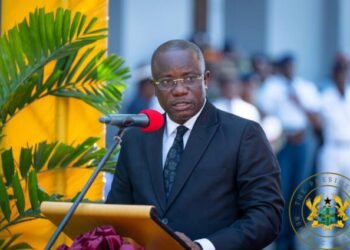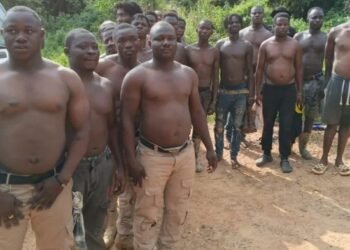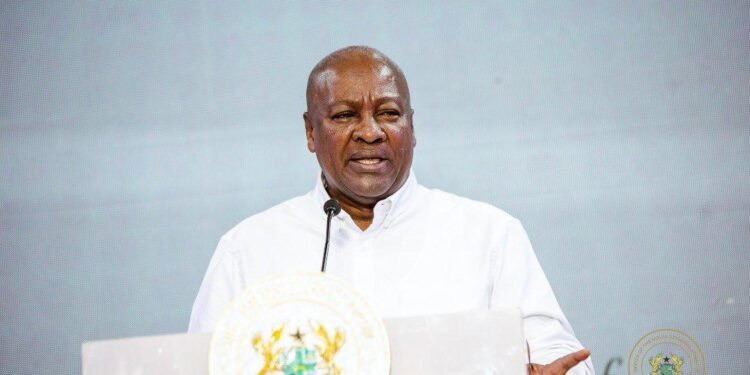Gold Fields experienced exciting results in 2021, showing a rise in profits by 20 per cent due to higher production in some of its major mines and a rise in prices.
The gold miner’s headline earnings per share (HEPS)- the main measure of corporate profit in South Africa- rose to 100 U.S. cents last year from 83 cents the year before.
These results were sustained, following the gold miner’s decision to shift focus to more profitable operations in Ghana, Australia and Latin America in the year. In line with production guidance, the company is on course to raise output to about 2.7 million ounces in 2024, with production supported by a new mine in Chile and the turnaround at South Deep.
In particular, operations in Ghana saw production increase by 1 per cent to 871koz in 2021 from 862koz in 2020, primarily driven by the increased production at Damang. Production at the Damang remained high, as the mine progressed into the main orebody at the base of the Damang Pit Cutback. However, all-in sustaining costs increased by 5 per cent to US$1,112/oz in 2021 from US$1,060/oz in 2020.
Ghana Operations Produce Net Cash Flow
The full year results showed that operations in Ghana produced net cash flow (with the exception of Asanko mine which operates as a joint venture with Galiano) of US$292 million in 2021 compared to US$252 million in 2020. In addition, Gold Fields received US$5m from the redemption of preference shares from Asanko during 2021.
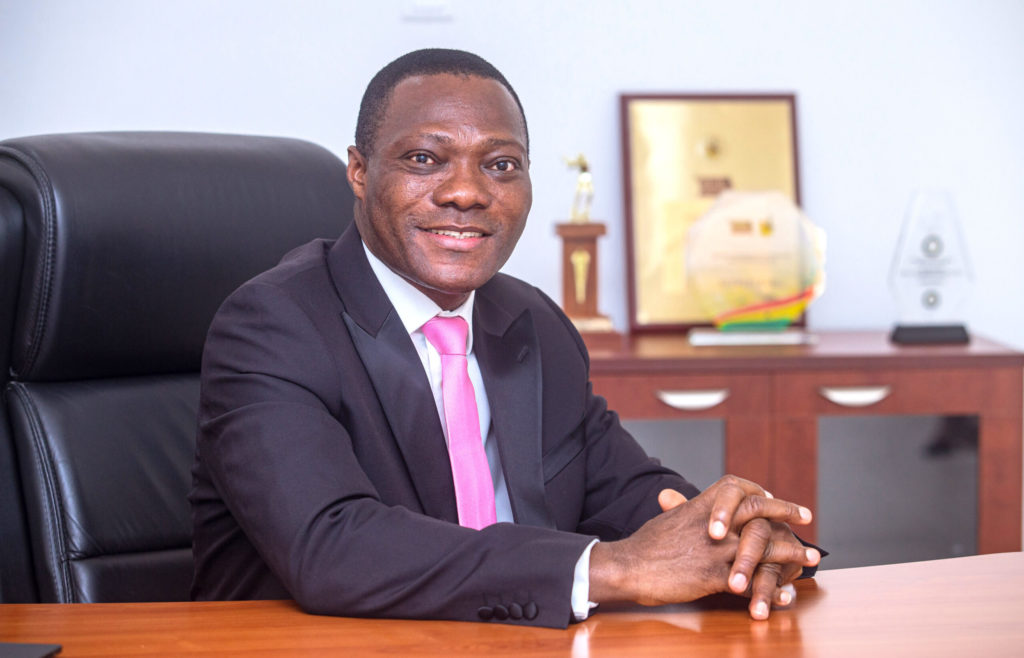
Operations at the Damang and Tarkwa mines combined, yielded an increase in capital expenditure by 39% from US$167 million in 2020 to US$232 million in 2021. At Tarkwa, capital expenditure increased by 42% from US$147 million in 2020 to US$209 million in 2021 due to increased expenditure on capital waste stripping and tailings storage facility construction.
Meanwhile, capital expenditure at Damang increased by 18% from US$20 million in 2020 to US$23 million in 2021 mainly due to higher capital waste tonnes mined at the Huni pit.
According to the end-year report, all operations are wholly owned except for Tarkwa and Damang in Ghana (90.0%), South Deep in South Africa (96.43%), Cerro Corona in Peru (99.5%), Gruyere JV (50%) and Asanko JV (45% equity share).
Despite the challenges experienced during 2021, Gold Fields had a solid operational performance, achieving both production and cost guidance for the year. The gold miner’s operations at the South Deep mine in South Africa, which previously was a ‘prodigal son’ among the company’s portfolio of assets was the stand-out performer during 2021, with production exceeding the original guidance provided in February 2021.
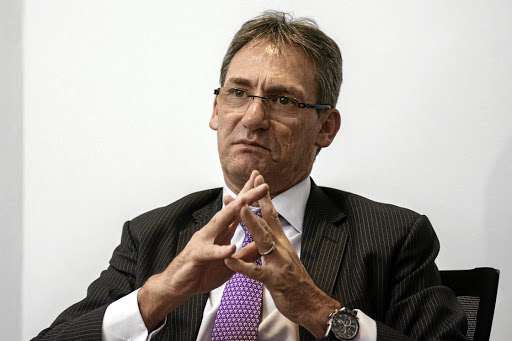
CEO of Gold Fields, Chris Griffith, commented:
“Our Salares Norte project remains largely on track, with the project achieving total completion of 63% at the end of the year. As previously guided, we expect first gold production by the end of Q1 2023.
“During 2021, we undertook a detailed review of the company’s strategy and determined that this was the time to build on a previously well executed strategy. As I have previously highlighted, we have a solid production profile above 2Moz a year for the next decade.
“However, during that time we anticipate that our annual production will grow to 2.7Moz by 2024 before declining as some of our mines come to the end of their lives. We believe that we must now start looking at ways of preserving the value we have created beyond 2024.”
Chris Griffith, CEO, Gold Fields
The goldminer’s net income rose 9.2% to $789 million ($0.89 per share) last year after output increased, from $723 million ($0.82 per share) in 2020. The company is upbeat about its growth in the coming years, as well as its position among the few top gold producers in the world.
READ ALSO: Pace of Revenue Mobilization Remains Below Target- BoG





